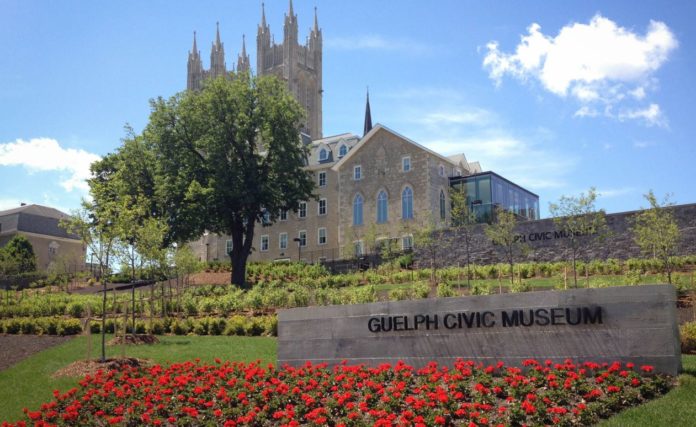For the first time, the City of Guelph has an integrated strategy that identifies and leverages the opportunities that tourism adds as a catalyst for economic development
“It’s exciting to have a strategy that pulls the two worlds together. Tourism is an important part of economic development and that is only going to grow,” says John Regan, general manager of Economic Development and Tourism (EDT). The City of Guelph’s tourism program was moved into to his department two years ago to better connect and align the two complementary functions.
Guelph’s five-year Economic Development and Tourism Strategy sets out six goals: expand support for existing businesses; attract targeted investment; champion an innovative and entrepreneurial ecosystem; advance talent attraction and skill development; build a must-see visitor destination in Ontario; and enhance Guelph’s unique brand for business, talent and visitors.
“Our strategy comes at a time of recovery from the pandemic. It sets out our goals and recognizes the crucial role of our networks and partners play in realizing them,” says the City’s EDT manager Christine Chapman.
The City is undertaking a multiphase business intelligence initiative to understand local business needs, so it can deepen local business relationships, support Guelph’s leading sectors of advanced manufacturing, agri-food and life sciences, and nurture new economic clusters.
Chapman is also excited about the focus on workforce development and talent attraction.
It aligns with tourism because what makes Guelph a great place to visit makes it a great place to live, too.
“It’s never a hard sell to convince people about Guelph once they’ve been here. We just have to get future Guelphites to visit.”
The EDT strategy will be a living document, says Regan.
“We will constantly monitor our key performance indicators (KPIs), adjust our targets and add new ones as necessary as we ask ourselves about the value we are delivering.”
At the centre of that value is an open-for-business attitude.
“We have a mindset of ‘how do we get to yes.’ I truly believe we are all in economic development together – all our residents, all our businesses and everyone at the City.”
Tourism
A pillar of the EDT strategy and a catalyst to reaching its targets is a new Municipal Accommodation Tax (MAT) that came into effect September 1, 2022. It applies a four per cent charge on stays of fewer than 30 days in hotels, motels, bed and breakfasts, and private rentals such as Airbnb units.
Half will go into a fund administered by the City of Guelph and half will go to the designated destination marketing organization – the Guelph Chamber of Commerce – to support and market tourism venues, attract events and conferences, and to provide training and education to sector operators to help them grow their businesses.
“This will support businesses that are strong tourist pulls, as well as new product ideas,” says Alex Jaworiwsky, manager of tourism & destination development. She is excited about an initiative to expand the Ontario By Bike Network into Guelph and Wellington.
“With the hike in fuel costs and the costs of flights, people are looking for things to do as they remain local and get out to explore. We are encouraging local businesses to explore how to market and cater to cycling tourists.”
There is a lot of momentum behind tourism in Guelph, fuelled by its food and beverage scene, large festivals, and natural amenities, says Jaworiwsky.
“There is much to look forward to in terms of what the next few years will bring. Our goal is to always make our visitors feel like a local who knows all the great spots to be.”
Guelph Junction Railway
Another pillar of Guelph’s EDT approach is the Guelph Junction Railway (GJR), a 38-kilometre stretch of rail line from Milton through Puslinch, Guelph and Wellington County that connects to Class 1 lines on either end. It is one of only two municipally owned railways in North America.
Since 2014, it has been operated as an arm’s length entity, with all dividends going back to the City. In that time, it has grown by 202 per cent.
“We service 14 customers right now – many are trans loading companies – and we are growing and diversifying the product mix,” says GJR general manager Les Petroczi. “We are hoping to hit close to 6,000 rail cars moved this year.”
Moving freight by rail is highly cost-effective, efficient and typically more environmentally friendly than other transport methods. These factors are leading to a growing number of new customers for the railway in 2022.
“We are all about growth and employment in Guelph. More than 900 jobs in Guelph are directly linked to the GJR and as the cost of long-haul truck transport increases, rail traffic will increase.
We are excited about the number of jobs that can be created.”
















